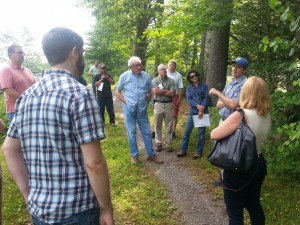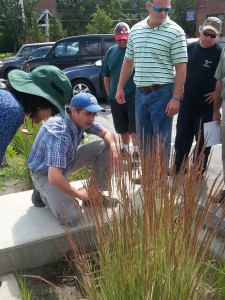Public Education & Outreach Tools
Merrimack Valley member communities have collaborated in organizing information materials on issues impacting stormwater pollution management. How can you as a Merrimack Valley resident make a difference in protecting our regional water supplies and ecosystems? Click on links below for info on how all residents can make a difference in reducing stormwater pollution.
- Agricultural practices
- Car Care
- Fertilizer Use
- Landscaping
- Soil Erosion
- Pet Waste
- Septic System Maintenance
- Residential Runoff
- Home Water Conservation Tips
THINK BLUE MASSACHUSETTS: The Merrimack Valley Collaborative is a member of the Massachusetts Statewide Municipal Stormwater Coalition which has launched the Think Blue Massachusetts campaign to promote more information about stormwater systems and water quality. Check out the informational videos and other materials including messaging for residents, businesses, industry and developers here at Think Blue Massachusetts
________________________________________________
March 2018: Tom Faber of EPA, Region 1 attended the Collaborative’s monthly meeting March 7 and showcased work EPA is doing monitoring Merrimack River water quality in the Greater Lawrence area. You can see his presentation at EPA Water Quality Monitoring at Merrimack River
______________________________________________
NOVEMBER 2017: MVPC hosted a Nov. 15th forum at Northern Essex Community College on Stormwater Management for city & town officials. Check out Horsley & Witten presentation on Stormwater Management as an essential municipal service.
Stormwater Management As Essential Service_MVPC 15 Nov. 2017 Forum.
JULY 2015: The Stormwater Center at the University of New Hampshire is a research center providing the latest info and training on stormwater best management practices. The Merrimack Valley Collaborative on July 10th 2015 toured the field research facility in Durham, NH and received an overview of the Center’s work in evaluating the pollution control performance of bioretention systems, pervious surface treatments, hydrodynamic separators and subsurface gravel wetlands.

